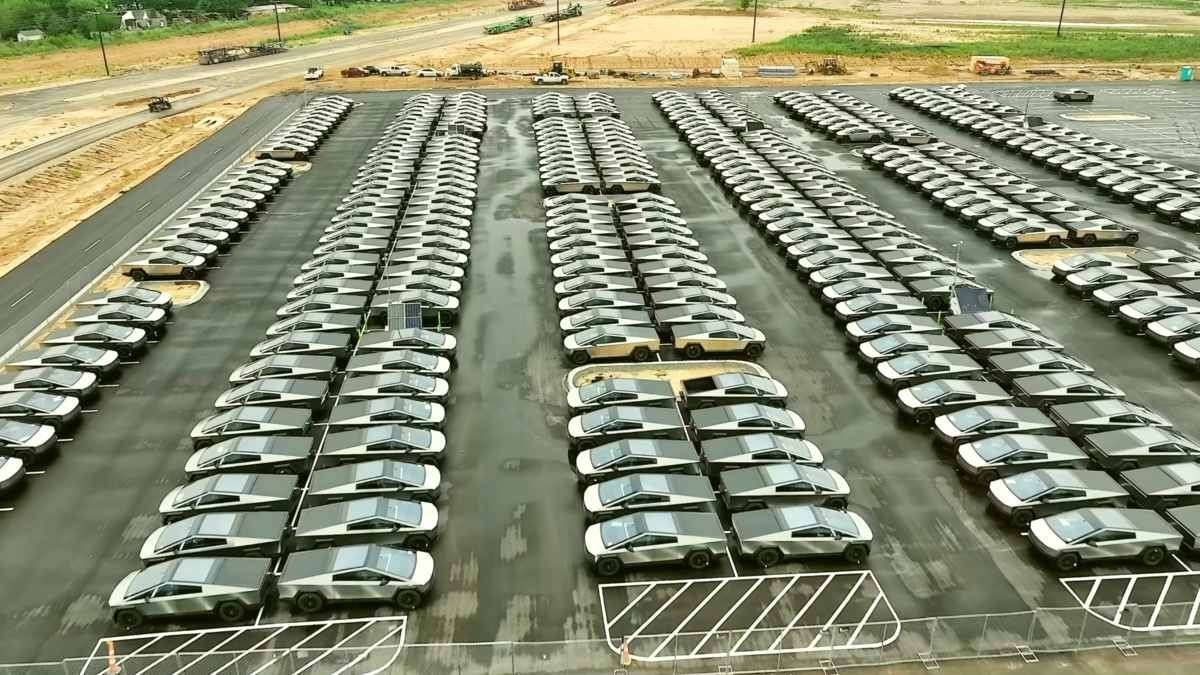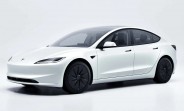Tesla shakes up leadership as sales are tumbling
Tesla is going through some of the toughest times in its history as it dismisses a key executive against a backdrop of plummeting sales in crucial markets, a rocky rollout of the Cybertruck, and a pivot towards unproven ventures like Robotaxi. The firing of Omead Afshar, the vice president overseeing operations in North America and Europe, reveals growing pressure within the electric vehicle giant as it confronts growing challenges.
Afshar, a close associate of CEO Elon Musk, often described as a "fixer," was let go just as the second quarter drew to a close. His departure coincides with grim sales figures. In Europe, Tesla's sales have been on a continuous slide for five months now. Data from May showed a 41% year-over-year drop in new car registrations within the European Union.

The situation isn't much brighter in North America, with analysts forecasting a big decline in deliveries for the second quarter of 2025, potentially as high as 18% year-over-year. Overall, global deliveries for the quarter are expected to fall by at least 10%, all at the same time as the company's stock has seen a 19% decline this year.
The electric car market is getting increasingly crowded, with European and Chinese automakers gaining ground. But while the overall market grows, Tesla's slice of the pie is shrinking, with many pointing fingers at an aging model lineup and brand damage linked to Musk's polarizing political activities and public statements.
Adding to the company's troubles are the challenges surrounding the Cybertruck. Initially unveiled to immense hype, the stainless steel pickup has had a difficult journey to mass production. After initial sales went wild, the demand has dropped now to numbers that don't justify the production, with unsold Cybertruck inventory growing every day.
Watch this @Tesla Supervised Robotaxi phantom brake twice for a stationary police car. If another car had been directly behind it this could have caused a serious accident. Ban this dangerous and defective software now! pic.twitter.com/FCJ7olbGsy
— Dan O'Dowd (@RealDanODowd) June 24, 2025
In the face of these headwinds in its core business of selling electric cars, Tesla is attempting to shift the narrative and investor focus toward future technologies. The company just launched a pilot version of its Robotaxi service in its hometown of Austin, Texas. The initial rollout is highly controlled, involving a small fleet of Model Y vehicles operating within a limited, geofenced area of the city.
For now, the service is only available to a select group of pre-approved riders, and all vehicles operate with a safety technician in the front passenger seat. And yet, despite all these precautions, there have already been reports of erratic vehicle behavior, prompting a review by the National Highway Traffic Safety Administration.
The executive suite at Tesla has seen other recent changes as well. Milan Kovac, who led the Optimus humanoid robot program, departed the company earlier in June. These high-profile exits, the sales decline and production issues paint a picture of a company in trouble, wrestling with its present challenges while betting heavily on an uncertain future.
Reader comments
- Look Deep
- kmq
EU and US industry is infested with lawyers, lobbyists, and compliance engineers lending towards market manipulation and price-fixing instead of open competition and novel innovation. Investigative journalism is overwhelmed by superficial breaking n...
- Anonymous
- mmS
Typical corporate behaviour: sack the underlings when the boss is the problem.





Facebook
Twitter
Instagram
RSS
Settings
Log in I forgot my password Sign up